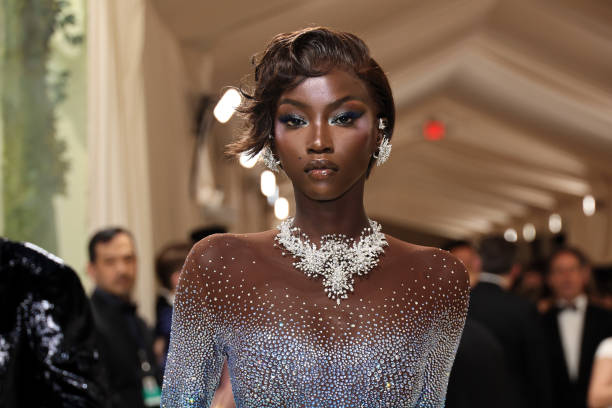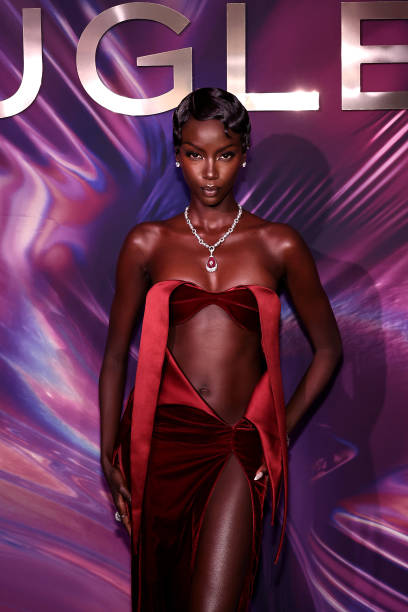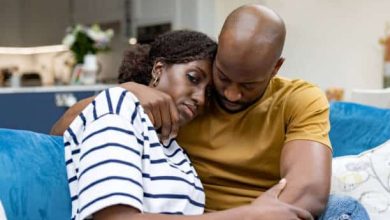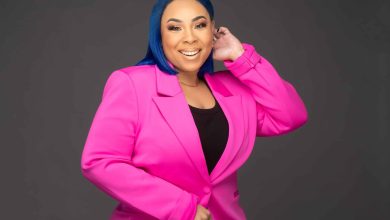“I Was Called a Roach by a Photographer”


Racism has always been a part of the modeling industry. Though many have tried to inspire change, glaring incidents still show things haven’t completely improved. One such situation was exposed by supermodel, Anok Yai, who recounted how she was treated at a photoshoot in 2018.
What Happened at the Photoshoot
Earlier this week, Anok Yai, posted about an incident that took place on the set of a photoshoot in 2018. She had worked with the Zara brand before though there was often a language barrier between her and their photographers. In this case, after several days of shooting, the Spanish photographer they’d been working with commented while the make-up artist was powdering her face.
He said “lotion la cucaracha”, which means ‘lotion the cockroach’. To her dismay, a lot of people laughed. Though she wanted to address the horribly racist remark, she held back because she was young, alone and Black. She noted that “anything that I do will affect me, my family, and other Black models.”
When she finally expressed her concerns to someone else on the set, Yai was urged to let it go. While she wanted to pursue the matter, it was obvious that there would be repercussions if she did. Instead, she opted to leave the set early. Even now, years later, there’s the possibility of there being consequences and that may explain why she deleted the post not long after making it.
Zara’s History of Racism
Yai might have been the most recent person to talk about racism associated with the Zara brand but this isn’t the first time their actions have been called into question.
A recent survey of their Black employees showed that the brand’s racism is likely ingrained in their corporate culture. Black employees reported being given more unsatisfactory assignments, stricter supervision, and less prestigious roles.
According to Zara’s employee statistics, at the time, almost 70 percent of those given roles at the back of the store had darker complexions while the majority of the managers were white.
Zara’s racism didn’t stop with their employees, either. Some employees pointed out that Black customers were often profiled as potential thieves significantly more often than other ethnicities. They’re also more likely to be denied product exchanges or returns.
Where their merchandise is concerned, Zara has also faced some criticism about necklaces that featured blackface and clothing with the questionable statement, “White is the new Black.”
RELATED: Tyra Banks: “I Hated My Reflection In The Mirror”

The Experiences of Other Black Models
As you might expect, Anok Yai isn’t the first Black model to face racism on the job. Iman may be a household name now but when she modeled in the 70s and 80s, she was constantly dealing with a significant pay gap that affected all Black models. Additionally, she cited multiple instances where she was told that there was no makeup available that matched her complexion. Iman also noted that the few Black models that were around were usually pitted against each other as if there could only be one top Black model at a time.
This sentiment was echoed by Naomi Campbell in another interview where the supermodel noted that some designers wouldn’t book more than one Black model. With Campbell, certain designers didn’t book her at all because she was Black. It took intervention from her friends who were white to get her foot in the door.
Unlike Yai, many newer models aren’t as outspoken about the racism they’ve endured. However, some have mentioned that there’s still an issue with getting people who can work with their complexion and natural hair.
Will Things Ever Change?
Despite the continued racism, the modeling industry has seen some changes over the years. This improvement has been a combination of Black models making a stand, Black-centered magazines entering the market, and others in the industry aiming to be more inclusive. Models like Iman and Bethann Hardison also continue to speak up about the need for diversity. The Diversity Coalition, which often identifies designers who still refuse to hire models of color, was also founded.
Furthermore, magazines like Jet, Essence, and Ebony offer spaces that are centered around Black models. It also helps that there are more cosmetics designed for darker skin tones.
While some designers and magazines haven’t amended their old stance on Black models, others have made a point to be more inclusive in the models they hire. Many incidents show that there’s a long way to go but things aren’t as bad as they used to be.
Anok Yai’s experience with the photographer at a Zara photoshoot is unfortunate and troubling. Unfortunately, many Black models have recounted racism when working. Still, Black people in the industry continue to work toward the change they want to say.




